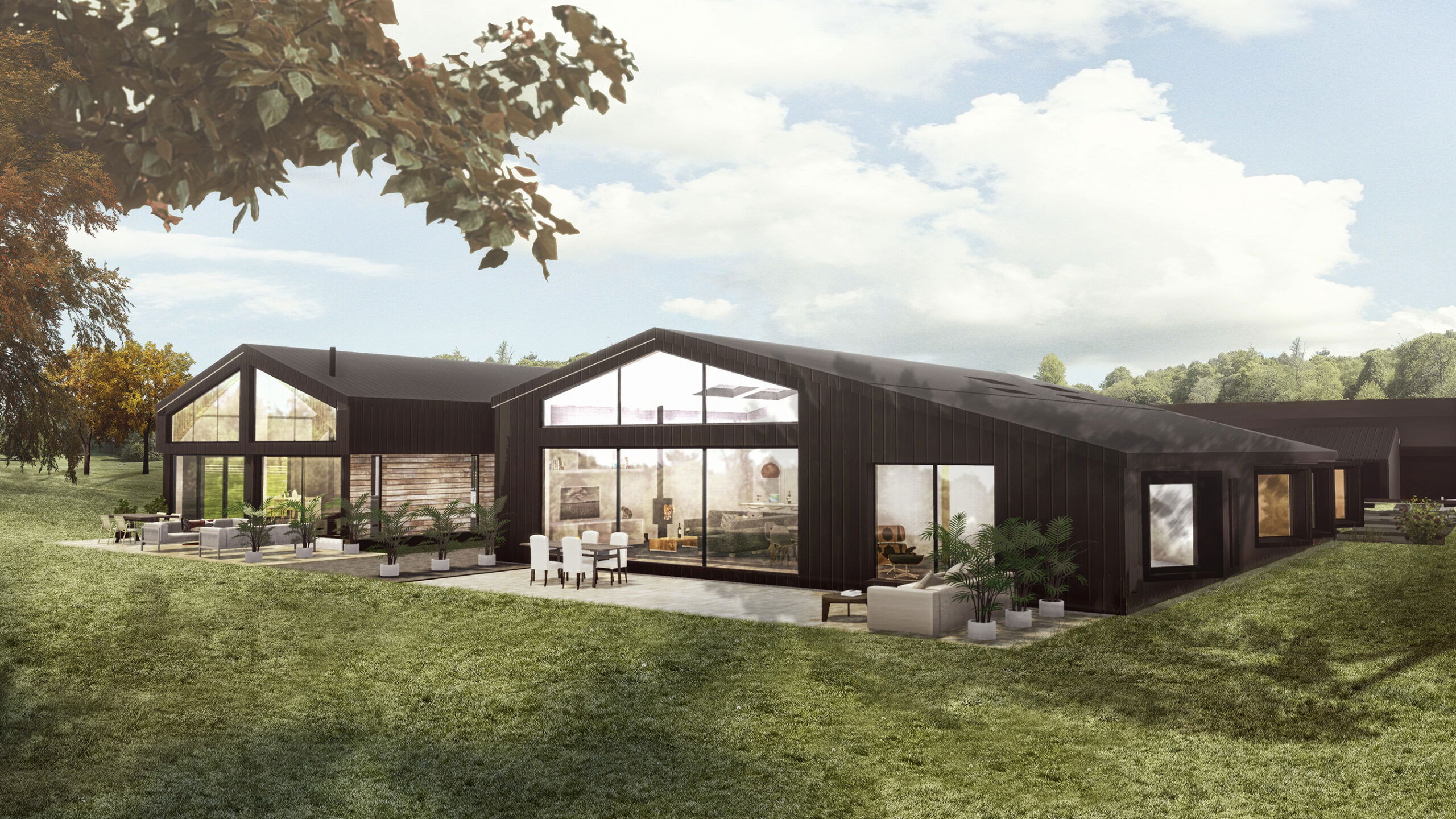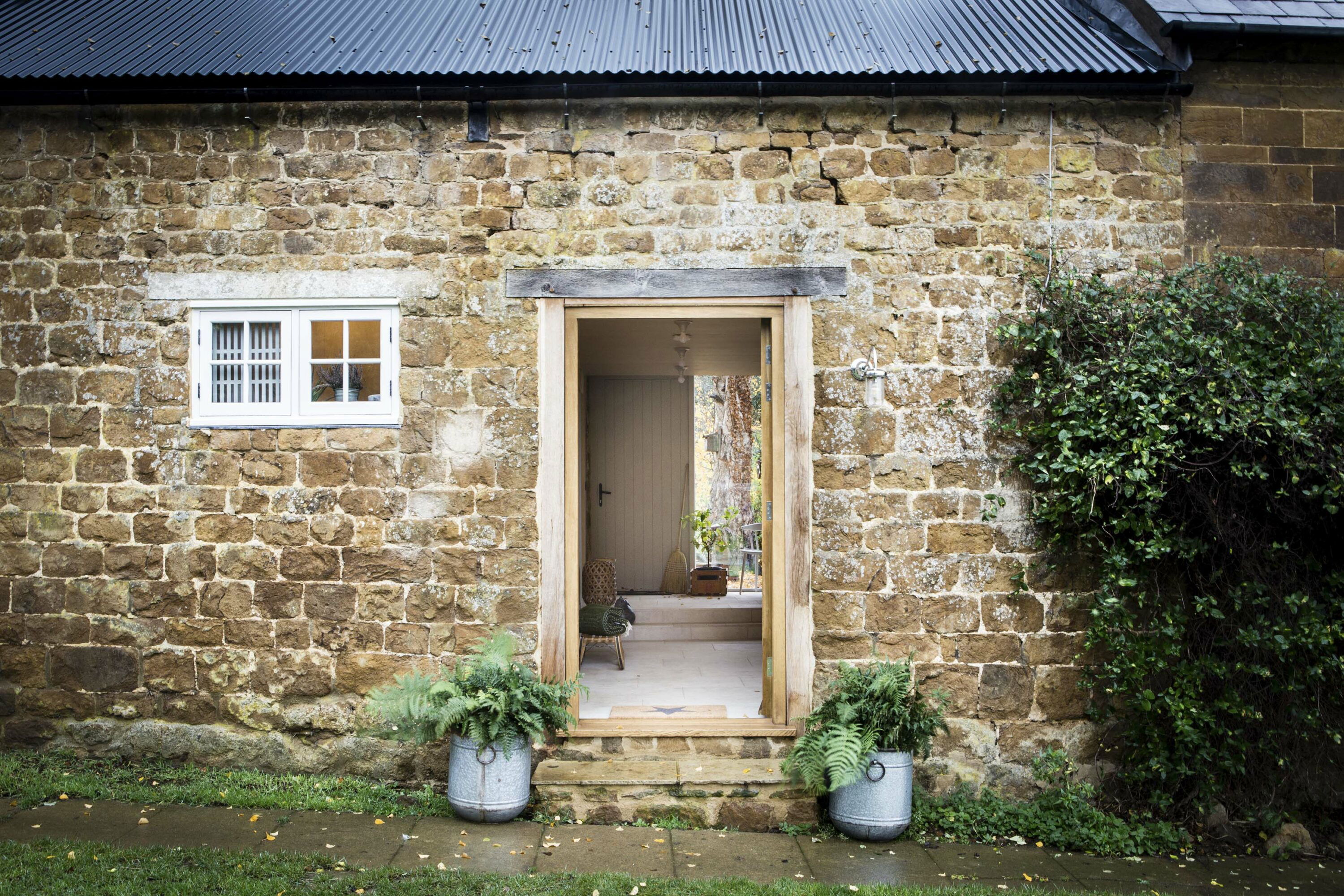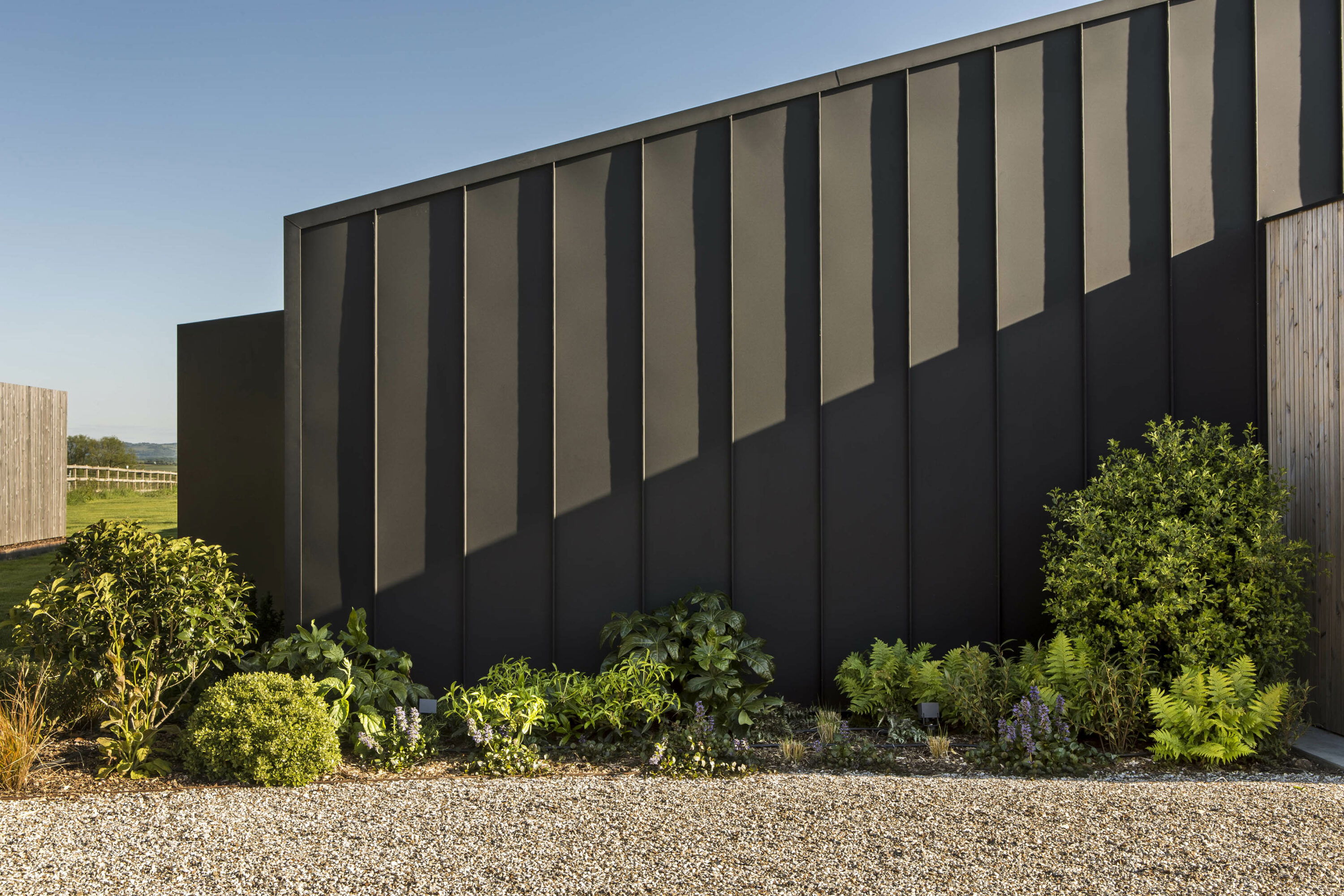
Barn Conversions – Class Q Permitted Development Rights
You don’t have to drive too far in this green and pleasant land to find redundant farm buildings which would make stunning barn conversions. As luxury residential architects, these are dream projects, but if you’re a landowner, these disused building can be transformed into highly valuable assets.
With many years’ experience in barn conversions, we know that these buildings would challenge the patience of a saint to get through planning. However, there are now relatively new regulations in place which allow the conversion of redundant agricultural buildings without the need to go through the full planning permission process.
These regulations, introduced in 2014, are known as ‘Class Q permitted development’ and they’re part of the government’s drive to ease the pressure on housing in rural areas.
“Whether you have a lovely old stone barn or a utilitarian steel-framed storage shelter, Class Q opens up a wealth of possibility for residential development.”
Ben Holland, Partner


Class Q permitted development rights – what’s allowed?
Class Q regulations can be applied to buildings which have been used for agriculture on or before 20th March 2013. It doesn’t apply to buildings which are in AONB, National Parks or conservation areas, or those which are listed.
The regulations state:
- You can create up to three dwellings when converting existing buildings using a total floor space of 450sqm.
- You cannot extend the building beyond its existing external dimensions and the garden area cannot be any bigger than the footprint of the building itself.
- You can install or replace windows, doors, the roof, exterior walls, water, drainage, electricity, gas and other services to the extent that they are ‘reasonably necessary’ for the building to be used as a home.
- As long as it is ‘reasonably necessary’, you can undertake partial demolition.
- The regulations do not allow the introduction of new foundations or loadbearing floor slabs and you may also find it difficult to add a first floor. A structural appraisal will often be required to check that the current structure can support the conversion – if it can’t, you’ll have to go through the full planning process.

Class Q – exciting possibilities?
Over the last 18 months we’ve worked on several Class Q developments, and while there are still plenty of restrictions on what you can and can’t do, the possibilities are certainly exciting. As you can see from the images below, Class Q can allow you to convert perhaps the least homely of structures – a steel-framed hay barn – into something beautiful, modern, exciting and, of course, valuable.
When converting a steel-framed structure like this, it is necessary, of course, to alter the external appearance of the building by introducing new walls, roofing, windows and doors, all of which are permitted so long as the original structure is strong enough to take the load of the conversion.
“Despite the restrictions, Class Q regulations do allow for creative design and a healthy dose of modernity.”
Ben Holland, Partner


Using Class Q in practice
In our experience, each local authority brings its own interpretation of the Class Q rules, and some will be more exacting than others in following planning guidance.
Whenever we are planning a barn conversion, whether using Class Q or full planning, we liaise closely with the local authority throughout to gauge what they will find acceptable. In any case, it will be necessary to submit a ‘prior approval’ notification which deals with aspects such as external appearance, materials and flood risk, among other things.
Refusal of a Class Q development can be made on the grounds of it being ‘impractical or undesirable’ so it’s important to show accessibility and impact on the landscape. Even seemingly small details such as a flue pipe can cause objections and delay, depending on how sympathetic the planning authority feels (or otherwise) towards Class Q developments.
Changes afoot
The Government’s Rural Planning Review, announced in 2016, is currently underway and is likely to impact Class Q permitted development rights. The review proposed changing Class Q to allow the conversion of up to 750sqm for a maximum of 5 new homes, each with a maximum floor space of 50sqm. Additionally, there may be an extension of the existing regulations to increase the conversion allowance from 450sqm to 465sqm for the creation of up to three homes.
How can we help you
We provide architecture services throughout the Cotswolds, Oxfordshire, Buckinghamshire, Berkshire, London, and Surrey. Find out more about how we work or get in touch for an initial meeting with Ben Holland or Stephen Green.